Why does the hand steam do not swell? Why should hand-made coffee be steamed?
Professional coffee knowledge exchange more coffee bean information please follow the coffee workshop (Wechat official account cafe_style)
Recently, fans often ask the editor why his stuffy steam can't get a "hamburger". Have you been cheated by the store to buy stale beans? Well, it's true that the freshness of beans will affect steamed hamburgers, but it's not the only reason! The editor is going to talk to you today about what factors will affect the steaming "hamburger" of hand-brewed coffee.
Before we do that, let's take a look at what steaming is.
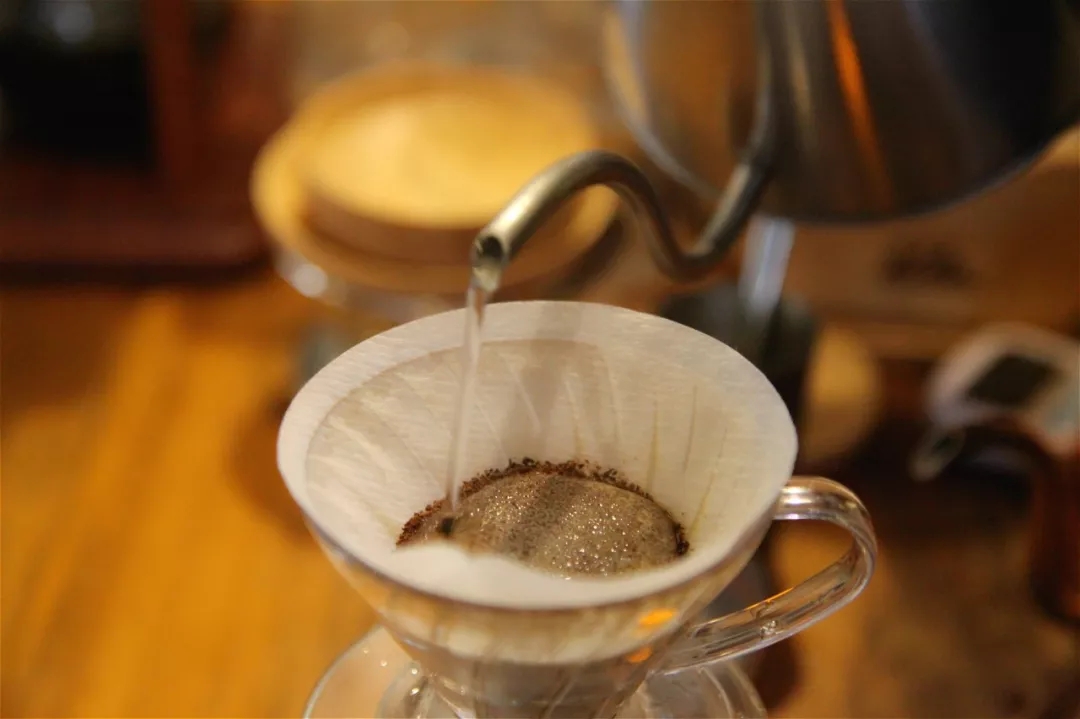
Steaming, which is often expressed as Bloom in English, refers to the preparatory action of wetting a small amount of hot water evenly on the surface of coffee powder before formal water injection during hand washing.
Steaming is mainly to release the gas in the coffee particles, mainly carbon dioxide. Generally speaking, the closer you are to the baking time, the more bubbles you will bubble when steaming. On the other hand, the coffee beans with deeper roasting degree will release more gas in the steaming process than the coffee beans with shallow roasting degree because of less water content. If the coffee particles discharged from the gas can be evenly absorbed and saturated, the subsequent extraction will be uniform.
In short, during steaming, the air between the coffee powder particles expands and releases a large amount of carbon dioxide, while a short gap layer between the coffee powder particles will provide the space needed for hot water to pass through the powder layer during formal water injection.
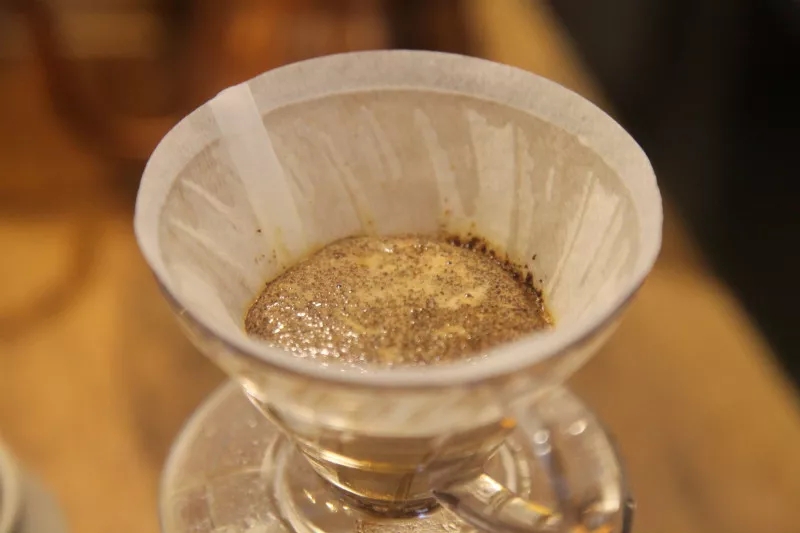
Factors affecting the bulging "hamburger"
1. The baking degree of beans
Right! The roasting degree of coffee beans will also affect the "hamburger" that bulges when steaming. Generally speaking, light-roasted coffee beans do not bulge a very good-looking "hamburger" like deep-roasted coffee beans, but are relatively gentle. This is because the more carbon dioxide is contained in the more roasted coffee beans, the more exuberant the exhaust, so it is easier to bulge when steaming. And vice versa, light baked beans, even if they are very fresh, may not necessarily achieve the "bulging" hamburger effect you remember.
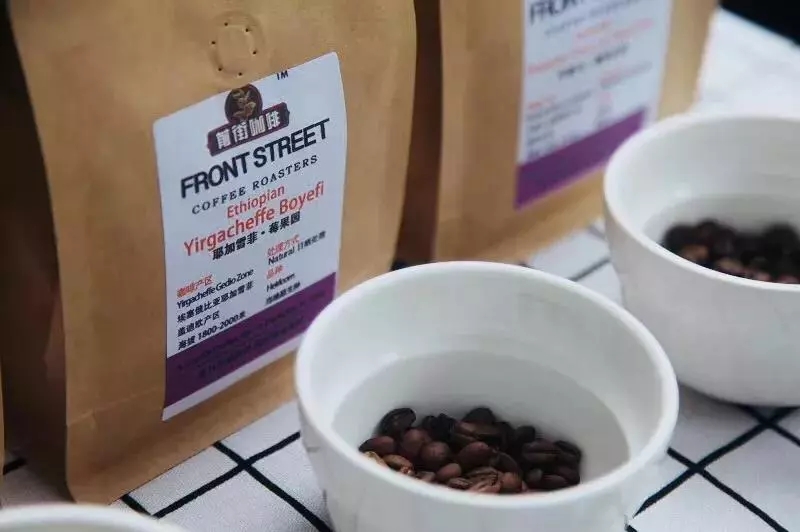
2. The freshness of beans
As mentioned earlier, steaming is for exhaust, so the fresh coffee beans contain more gas (mainly carbon dioxide), and the more "hamburgers" swell when steaming naturally. If you don't see an expanding "hamburger" during stewing, it means that the coffee may have been roasted for too long, causing the carbon dioxide in the cells inside the beans to be released naturally, which means that the beans are no longer fresh.
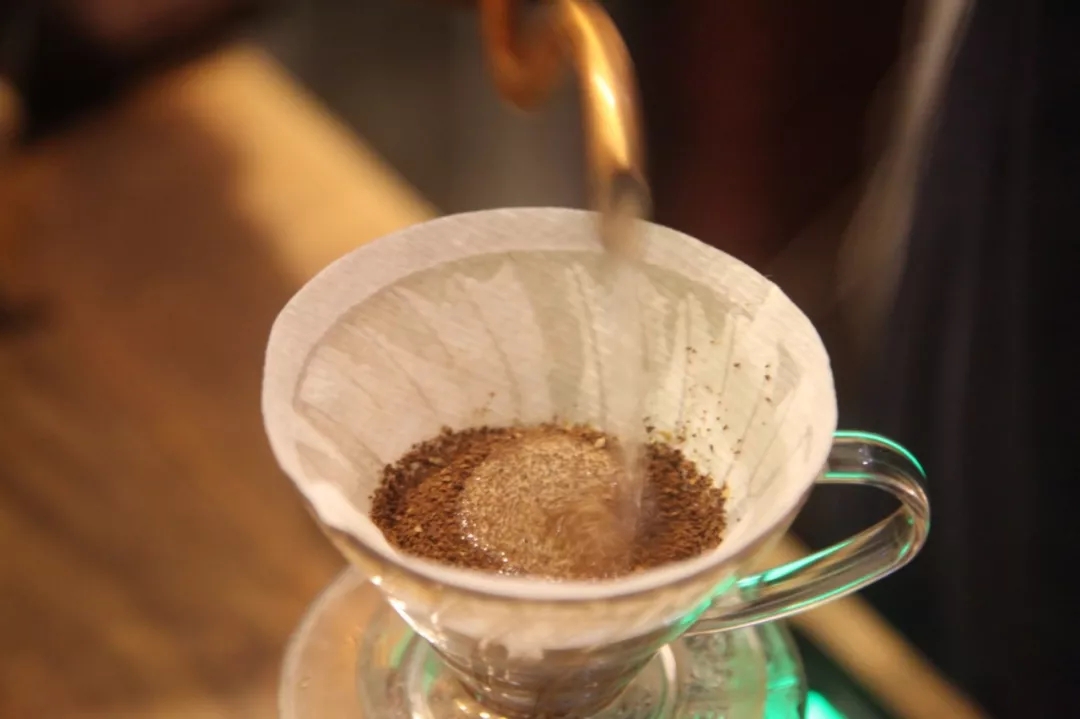
3. The grinding thickness of coffee powder
In addition, if your grinding is too rough, the surface area of water in contact with coffee powder will be small, and the exhaust effect will naturally be weak. if the grinding degree is particularly rough, there will be no "hamburger" anyway. Because as soon as the water pours down, it flows directly through the gap between the coffee powder, not even steaming, let alone a "hamburger".
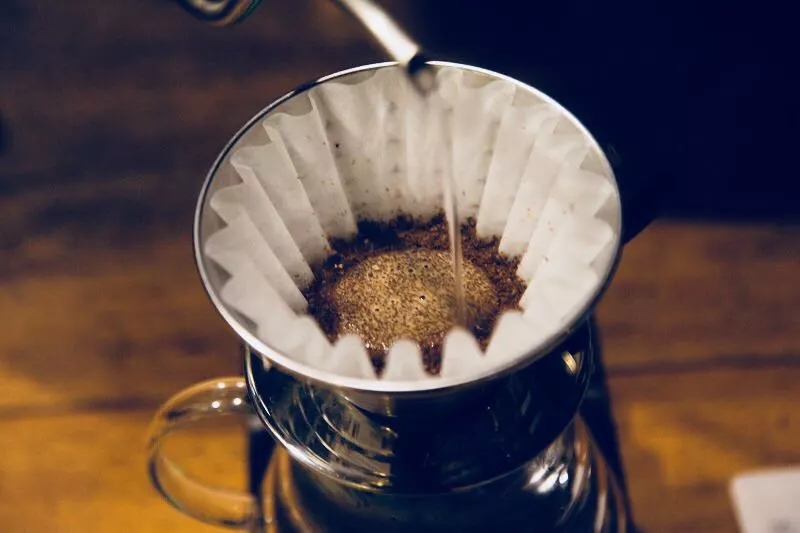
4. Steaming capacity
If the water supply is too much, the water will flow directly, it is difficult to play the role of steaming, and because it is not fully steamed and the extraction is insufficient, in fact, it only plays the role of diluting the coffee liquid. So we usually use one to two times the amount of powder to steam.
And why does a well-bulged "hamburger" always collapse quickly? There are three reasons:
1. Oversteaming
2. Excessive water injection after steaming.
3. Bean baking is relatively shallow.
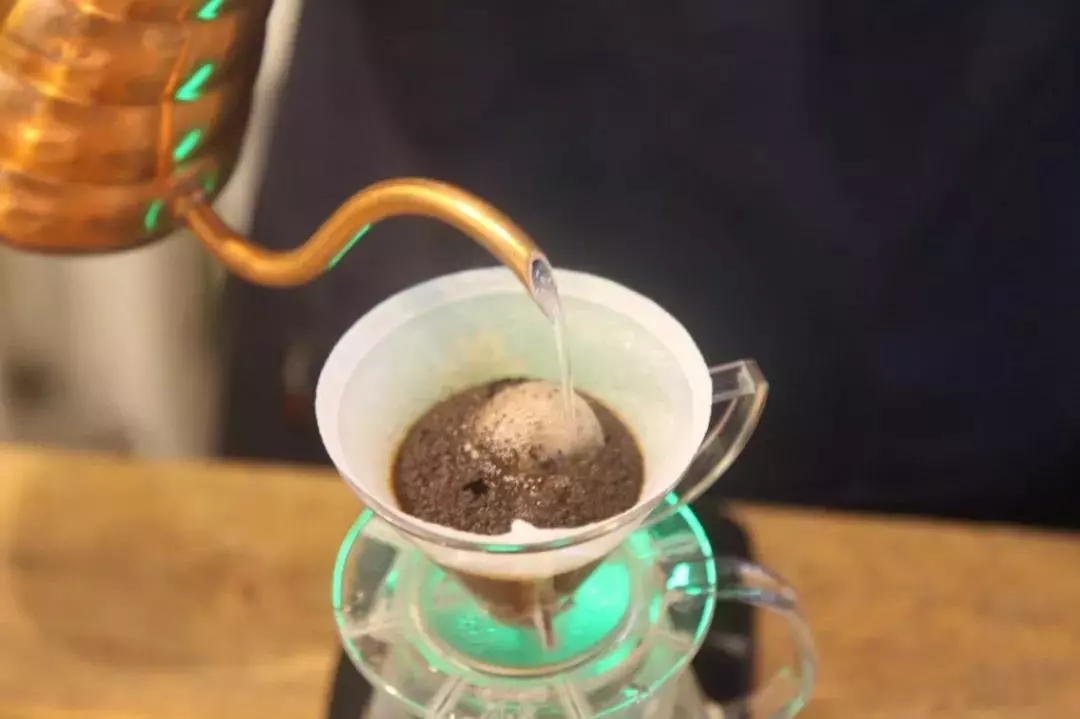
It collapses soon after steaming a hamburger, which should be related to the technique, such as strong water injection to break the powder layer or too much water injection. Steaming and injecting water is best to draw a circle from the center; when steaming, the amount of water is too little, the coffee powder at the bottom and edge of the filter cup is still dry, and when reinjecting water, it is especially easy to produce large "volcanic bubbles" when it is hot.
The "hamburger" bulging during steaming is also affected by many factors ~ so when you don't see the powder bed bulging during cooking, don't think that the beans are not fresh or the baking degree is not deep. Or is it a rough grinding? There are many influencing factors in coffee.
Important Notice :
前街咖啡 FrontStreet Coffee has moved to new addredd:
FrontStreet Coffee Address: 315,Donghua East Road,GuangZhou
Tel:020 38364473
- Prev
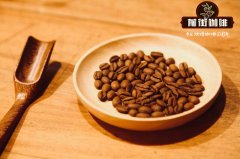
What is Roman espresso? how to make Roman espresso with lemon slices?
Professional coffee knowledge exchange more coffee bean information please follow the coffee workshop (Wechat official account cafe_style) Espresso Romano, coffee with a slice of lemon? This concept seems unusual. But baristas in Italy and Spain mix lemon slices for a long time in a cup of black coffee. In Italy, a drink called espresso romano is made of espresso.
- Next

Which one should I choose to make the coffee filter cup by hand? The filter cup is different. Do you want to change the hand punching parameters?
We usually have three kinds of filter cups: tapered filter cup, trapezoidal filter cup and flat-bottomed filter cup. As we all know, the rate of decline of the water level will affect the soaking time of coffee powder in water, and the fan-shaped filter cup can improve this factor by deepening the depth of the ribs, that is, by increasing the exhaust effect; another way is to change the shape of the filter cup to increase the flow of water.
Related
- Beginners will see the "Coffee pull flower" guide!
- What is the difference between ice blog purified milk and ordinary milk coffee?
- Why is the Philippines the largest producer of crops in Liberia?
- For coffee extraction, should the fine powder be retained?
- How does extracted espresso fill pressed powder? How much strength does it take to press the powder?
- How to make jasmine cold extract coffee? Is the jasmine + latte good?
- Will this little toy really make the coffee taste better? How does Lily Drip affect coffee extraction?
- Will the action of slapping the filter cup also affect coffee extraction?
- What's the difference between powder-to-water ratio and powder-to-liquid ratio?
- What is the Ethiopian local species? What does it have to do with Heirloom native species?

